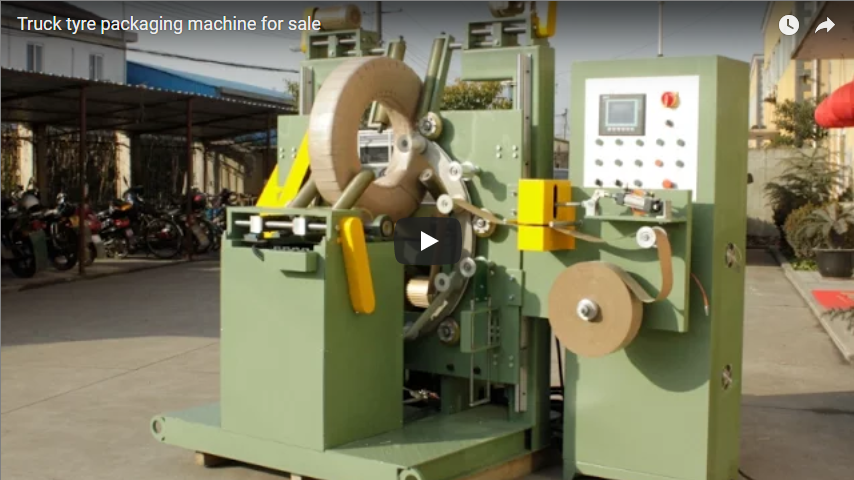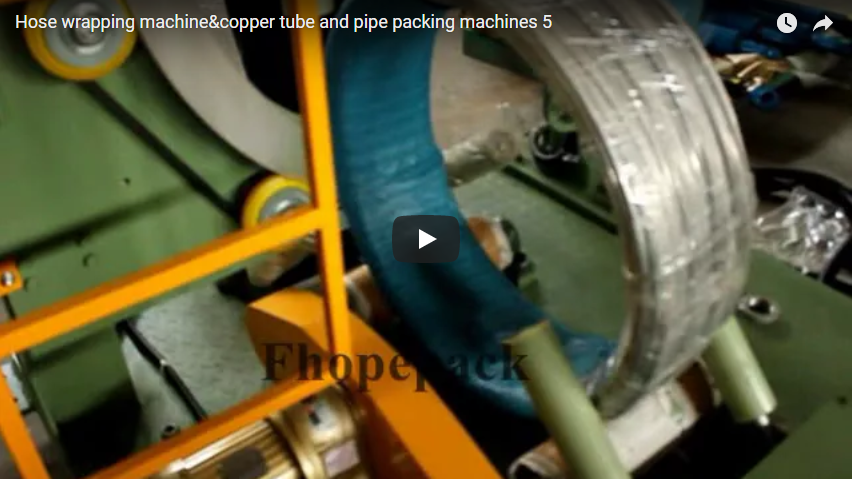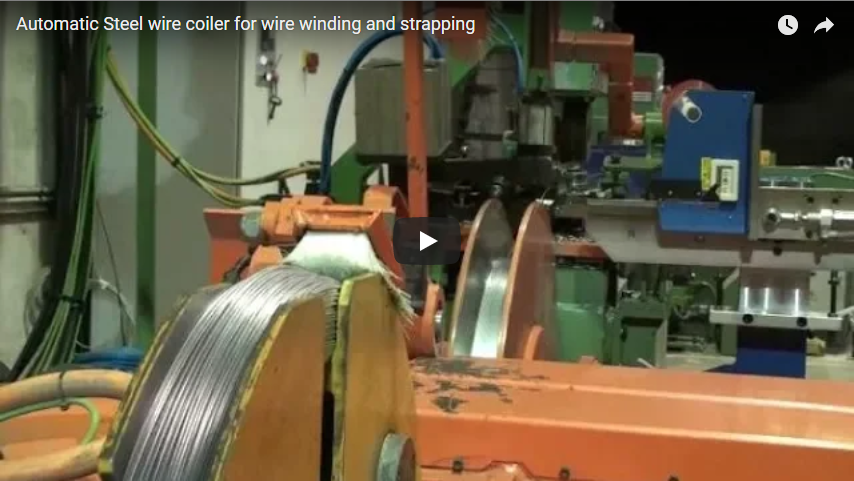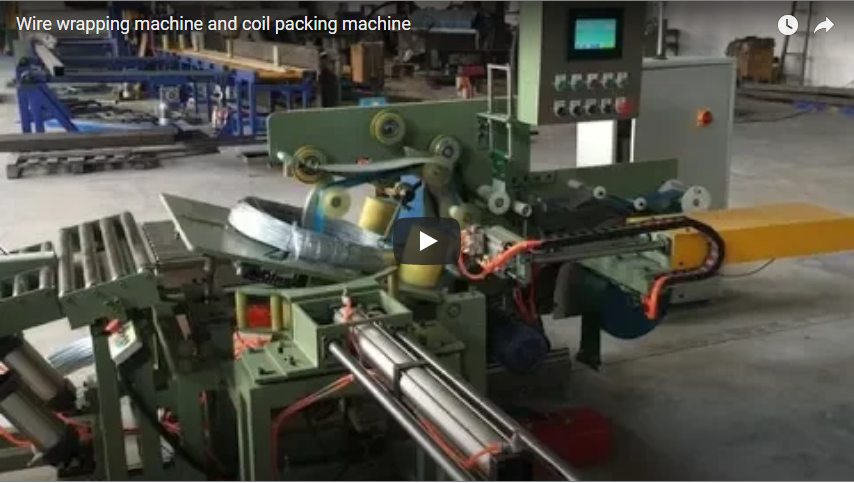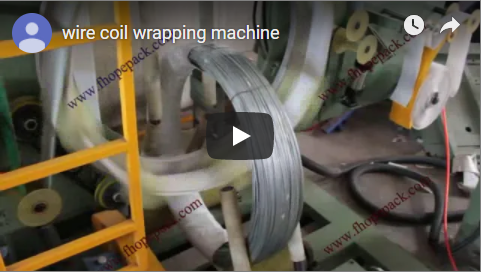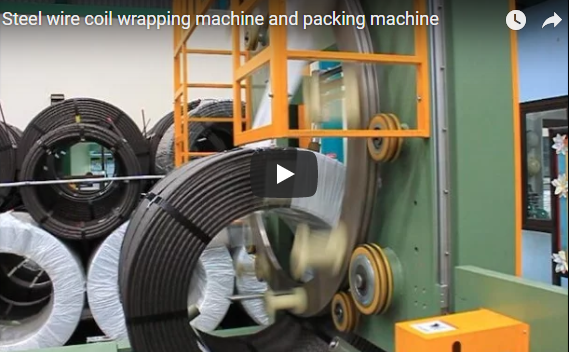Optimizing Steel Wire Rod Handling: A Technical Overview of Automated Compaction and Binding Systems
The efficient handling and packaging of steel wire rods present significant challenges in modern steel production and processing facilities. Loose, uncompacted coils are prone to damage, occupy excessive space, and pose safety risks during transport and storage. Addressing these challenges necessitates advanced automation, as exemplified by the Vertical Steel Wire Rod Compactor and Binding Machine showcased in the video above. This technology represents a critical step in streamlining finishing line operations, enhancing product quality, and improving overall plant efficiency.
Operational Workflow and Mechanism
Automated vertical compactor and binding systems integrate seamlessly into wire rod finishing lines, executing a precise sequence of operations:
- Coil Reception: The loose wire rod coil is transferred onto the machine's receiving station, often via conveyor or C-hook.
- Centering: The coil is accurately centered beneath the compaction platen to ensure uniform pressure application.
- Vertical Compaction: A hydraulically or electromechanically actuated platen descends, applying controlled force to compress the coil vertically. This process significantly increases coil density and stability. The control system precisely regulates the applied force based on material specifications and desired coil density, a factor often explored in material science research concerning residual stress and deformation (Ref: Journal of Materials Processing Technology).
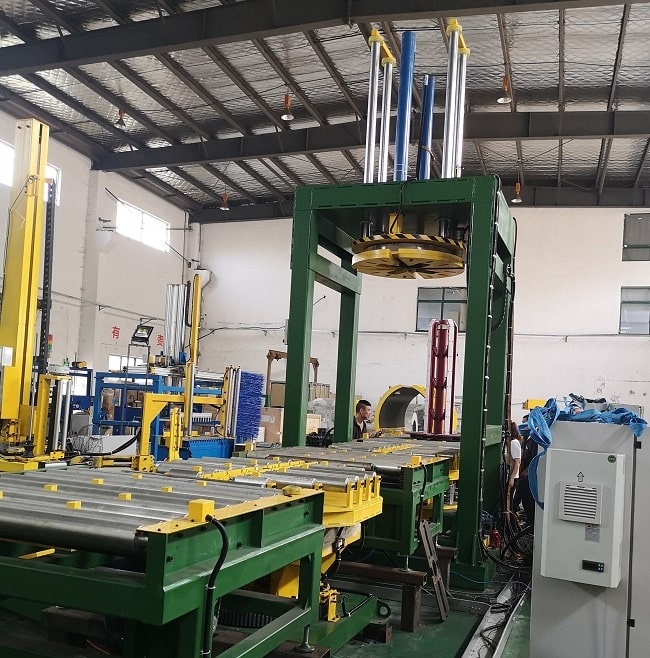
steel wire packaging - Strapping/Binding: While under compression or immediately after, multiple straps (typically PET or steel) are automatically fed around the coil circumference at pre-set positions, tensioned, and sealed (usually via heat or friction welding for PET). Advanced systems feature multiple strapping heads for faster cycle times. Patent literature frequently details innovations in strap feeding mechanisms and tension consistency control (Ref: Concepts related to US Patent X,XXX,XXX; EP Patent Y,YYY,YYY).
- Coil Discharge: The compacted and securely bound coil is ejected from the machine, ready for weighing, labeling, and transfer to storage or dispatch.
Core Features and Technical Specifications
These systems are characterized by robust engineering and sophisticated control technology designed for demanding industrial environments.
Advanced Control and Automation
Modern machines utilize Programmable Logic Controllers (PLCs) for reliable process automation, coupled with Human-Machine Interfaces (HMIs) for intuitive operation, parameter adjustment (e.g., compaction force, strap tension, number of straps), and diagnostics. Integration with plant-level Manufacturing Execution Systems (MES) or Enterprise Resource Planning (ERP) systems is often supported for enhanced production tracking and management, aligning with Industry 4.0 principles discussed in publications like MM MaschinenMarkt.
Compaction System Design
The heart of the machine lies in its compaction system. Key design considerations include:
- Force Generation: High-capacity hydraulic cylinders or servo-electric drives provide the necessary compaction force.
- Platen Design: Engineered for uniform pressure distribution across the coil face to prevent wire damage and achieve consistent density.
- Force/Position Control: Closed-loop control ensures precise and repeatable compaction results.
High-Performance Strapping Unit
The binding system must operate reliably at high speeds:
- Strap Types: Compatibility with high-strength PET strapping (cost-effective, recyclable) or traditional steel strapping.
- Strap Path: Optimized routing minimizes friction and prevents jams.
- Tensioning & Sealing: Consistent tensioning and high-efficiency sealing joints are crucial for coil security. Friction-weld sealing for PET is a common, reliable method.
Key Performance Indicators (Typical Ranges)
- Compaction Force: 50 - 250 kN (Adjustable based on coil size and material)
- Cycle Time: 40 - 75 seconds per coil (Enabling throughputs of 50-80+ coils per hour)
- Coil Outside Diameter (OD): 800 - 1500 mm
- Coil Height (Compressed): 500 - 2500 mm
- Maximum Coil Weight: Up to 3,500 kg
- Strap Type: PET (e.g., 19mm, 25mm, 32mm) or Steel
- Number of Straps: 2 - 6 (Programmable positions)
Enhancing Productivity and Coil Quality
The adoption of automated compaction and binding yields substantial operational benefits.
Throughput and Efficiency Gains
Replacing manual or semi-automatic methods with a fully automated system dramatically increases packaging speed, directly impacting overall line output. The ability to process 50-80 coils per hour, as demonstrated, meets the demands of high-volume wire rod mills. Furthermore, automation significantly reduces manual labor requirements in the packaging area, freeing up personnel for other tasks and reducing ergonomic risks.
Improved Coil Integrity and Material Savings
Compacted coils are significantly more stable and dense, reducing the risk of collapse or entanglement during handling, storage, and transport. This improved integrity minimizes product damage and associated waste. Precise strap tensioning ensures security without damaging the wire surface. Optimized strap usage and the potential shift from steel to PET strapping can also generate material cost savings and contribute to environmental sustainability goals, a recurring theme in industrial efficiency studies (Source: Various industry efficiency reports). The high precision mentioned in the initial review translates directly to reduced material waste and enhanced downstream processability.
Integration and Industry Relevance
Alignment with Modern Manufacturing Principles
These machines are integral components of fully automated 'coil-to-customer' logistics chains. Their data logging capabilities and network connectivity options facilitate integration into smart factory environments, providing valuable production data for analysis and continuous improvement initiatives.
Diverse Industrial Applications
The requirement for tightly bound, dense wire rod coils spans numerous sectors:
- Construction: Processing reinforcing bar (rebar) coils for infrastructure projects.
- Automotive: Handling coils destined for spring manufacturing, tire bead wire, and other components.
- Wire Drawing: Supplying compact coils as feedstock for further drawing processes.
- General Manufacturing: Providing material for fastener production, mesh welding, and various fabricated wire products.
Conclusion
The Automatic Steel Wire Rod Compactor and Binding Machine is a cornerstone technology for modern steel wire rod producers and processors. By automating a critical handling step, it delivers significant improvements in productivity, operational safety, coil quality, and cost-effectiveness. As highlighted in the video, the machine's high capacity, precision, and automated nature address key industry demands for efficiency and reliability in the competitive global steel market. Integrating such systems is essential for maintaining competitiveness and optimizing the wire rod finishing process.
Explore comprehensive solutions for automatic steel wire packing lines: https://www.fhopepack.com/wire-line/

